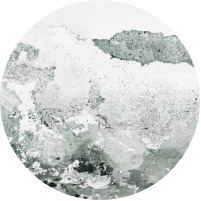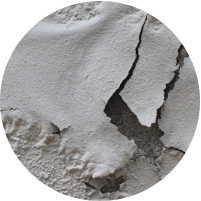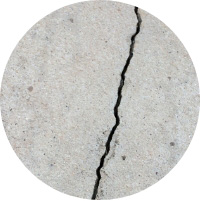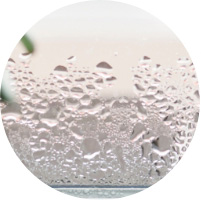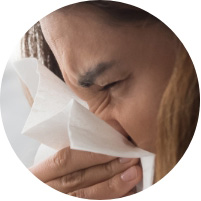
The impact of humidity on health: a cocktail of risks not to be underestimated
Poor indoor air quality, strongly influenced by humidity, is an "explosive cocktail for your health". Humidity encourages the growth of mold, dust mites and stagnant pollutants, transforming your home into a potentially harmful environment. The figures are alarming: 43% of people suffering from respiratory illnesses have lived in damp housing, there are 28,000 new cases of asthma a year due to unhealthy indoor air, and living in damp housing increases the risk of developing asthma by +40%. Humidity plays a crucial role in the onset and progression of certain diseases, including cancer and cardiovascular disease, lung disease, asthma and allergies.
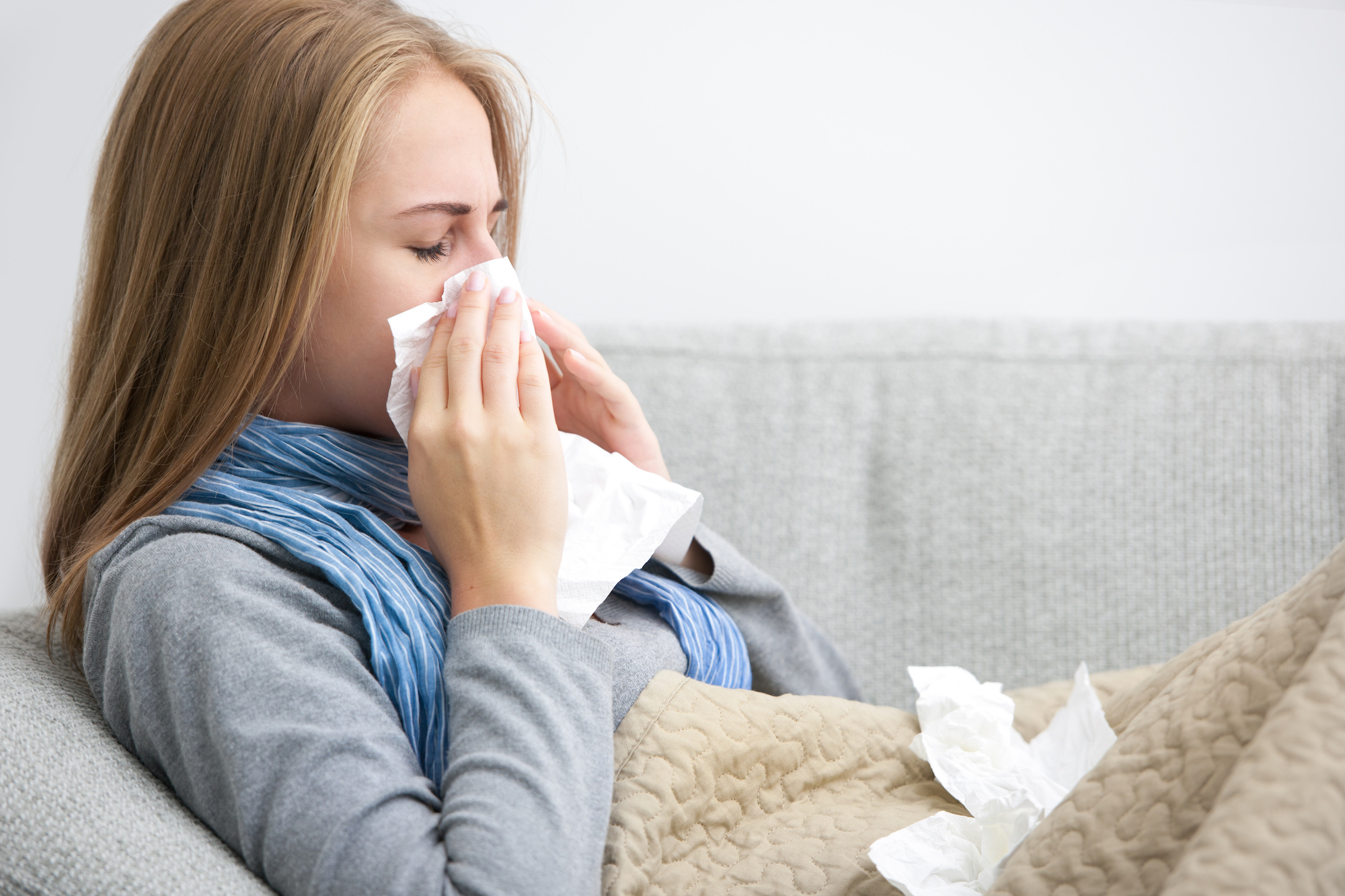
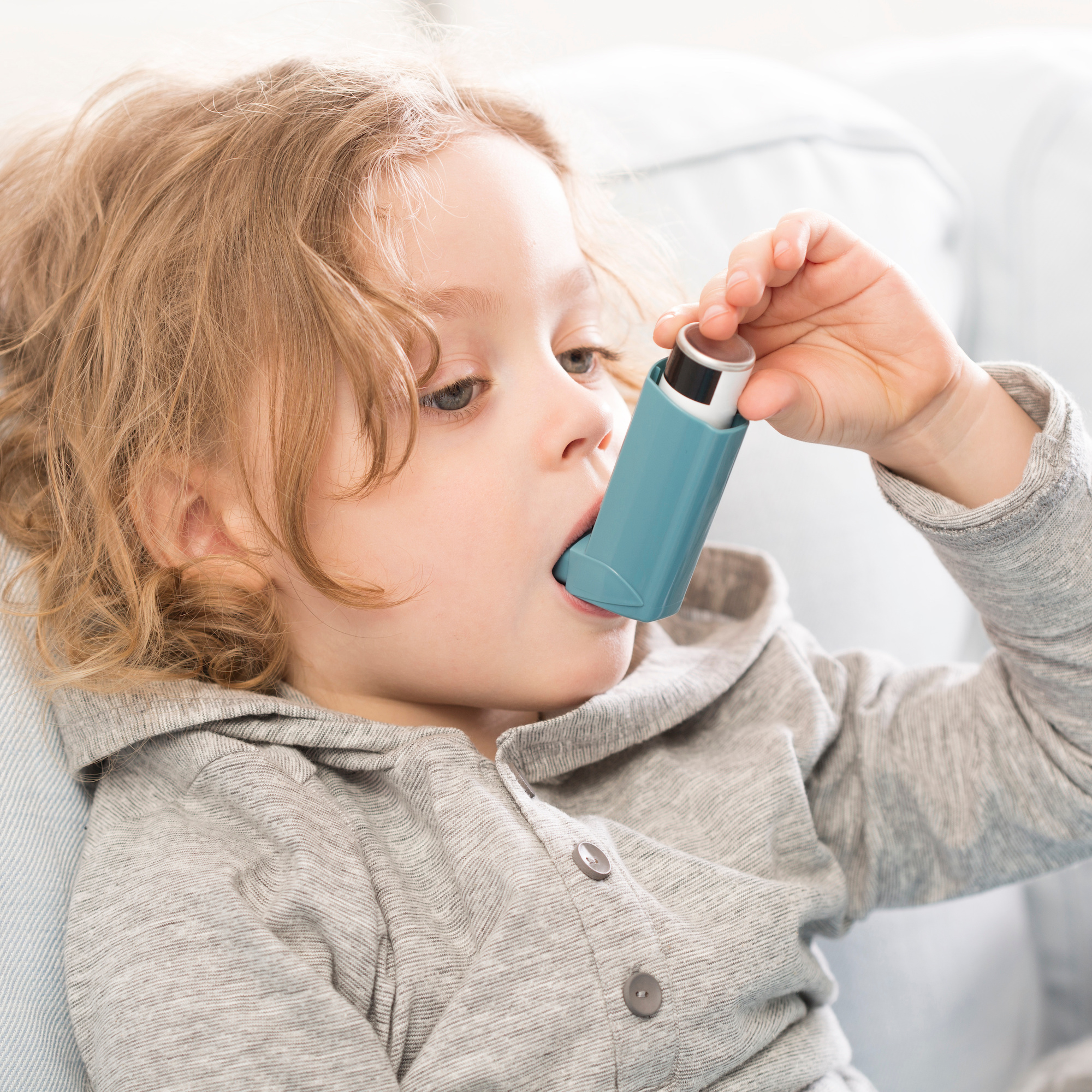
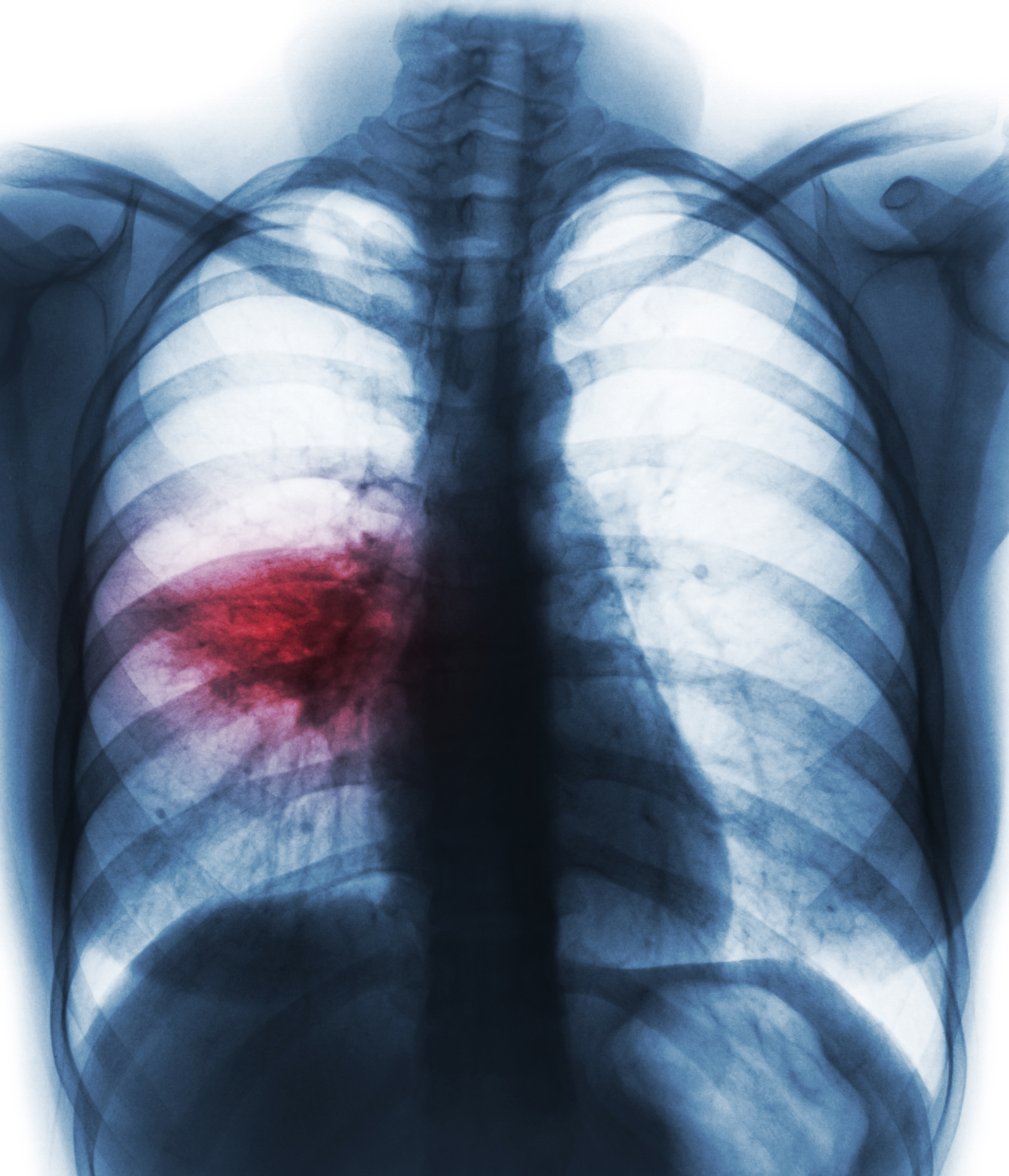
Specific humidity-related pollutants and their hazards
Humidity does not act alone; it creates an environment conducive to the proliferation and concentration of various pollutants. Molds release allergenic spores and mycotoxins. Volatile Organic Compounds (VOCs), emitted by many products (paints, solvents, glues, furniture, cleaning products) but also by mold itself, see their concentration increase in damp, poorly ventilated air. These VOCs can cause chronic respiratory problems, allergies and irritation.
Another major hazard, often overlooked, is radon. This naturally occurring radioactive gas, classified as a definite carcinogen (Group 1) by the WHO, seeps into buildings from the ground. Humidity and poorly sealed foundations can significantly increase indoor concentrations, exposing occupants to an increased risk of lung cancer, responsible for around 3,000 deaths a year in France according to some estimates. Excessive humidity can also exacerbate the effects of certain chemical pollutants found in our furniture and household products.
Humidity, allergies and asthma: a direct link
Humidity allergy is an immune system reaction to allergens that proliferate in a damp environment. These are mainly mold spores and house dust mites. Nearly 10% of the population suffers from mold allergy, and this figure can rise to 30% among allergy sufferers in general. Common symptoms include rhinitis, sinusitis, conjunctivitis, eczema and, above all, asthma. Humidity also encourages the proliferation of dust mites, whose droppings are a powerful allergen.
The impact of indoor humidity on asthma is of particular concern. High humidity makes the air heavier and harder to breathe, which can trigger attacks. The presence of mold and dust mites, encouraged by this humidity, is the main risk factor. A study by Dr. De Nadai revealed that the presence of visible mold in a dwelling is strongly correlated with an increased risk of asthma in adults and children. Overly humid air can also reduce indoor air quality, by increasing the concentration of other allergens.
Impact of humidity on lung and cardiovascular diseases
Humidity seriously affects lung disease. Excessive humidity creates an environment conducive to the development of micro-organisms. Mould spores and bacteria can be inhaled and attack the lungs, causing allergic reactions or infections. Ambient humidity makes the air heavier and more difficult to breathe, which can aggravate existing pathologies such as chronic bronchitis, pneumonia or COPD (Chronic Obstructive Pulmonary Disease). Moisture in the bronchi increases mucus production, promoting inflammation and infection.Aspergillosis, a lung infection caused by the fungus *Aspergillus*, thrives particularly well in damp environments and can have serious consequences, especially for people with weakened immune systems.
As far as cancer and cardiovascular disease are concerned, in addition to the radon risk, a poorly regulated damp environment can affect vascular function through chronic inflammation or oxidative stress induced by pollutants. In the long term, this disruption can increase the risk of developing cardiovascular diseases such ashypertension, atherosclerosis (hardening of the arteries), and in the most serious cases, contribute to myocardial infarction or stroke. Indoor air quality is therefore a major determinant of cardiovascular health.
Protect your health and improve air quality with Murprotec
Faced with these multiple risks, it's essential not to let damp deteriorate your air quality and your health. It's important to identify and eliminate the underlying cause of humidity (capillary rise, infiltration, condensation, etc.). Murprotec offers you a free comprehensive diagnosis (value CHF 350.-) to accurately assess the situation and identify the sources of pollution and humidity.
Our experts will then suggest appropriate, tailor-made solutions for the long-term restoration of your home. This may involve specific treatments to combat structural humidity, or the installation of high-performance ventilation systems to renew the air and control humidity levels. Controlling humidity limits the proliferation of mold and dust mites, and reduces the concentration of pollutants such as VOCs and radon. With a guarantee of up to 30 years, Murprotec is committed to providing you with a healthy environment and improving your indoor air quality over the long term.
 The signs
The signs
 The consequences
The consequences
 Humidity in the home
Humidity in the home
 The causes
The causes
 Solutions
Solutions





 Our branches
Our branches

